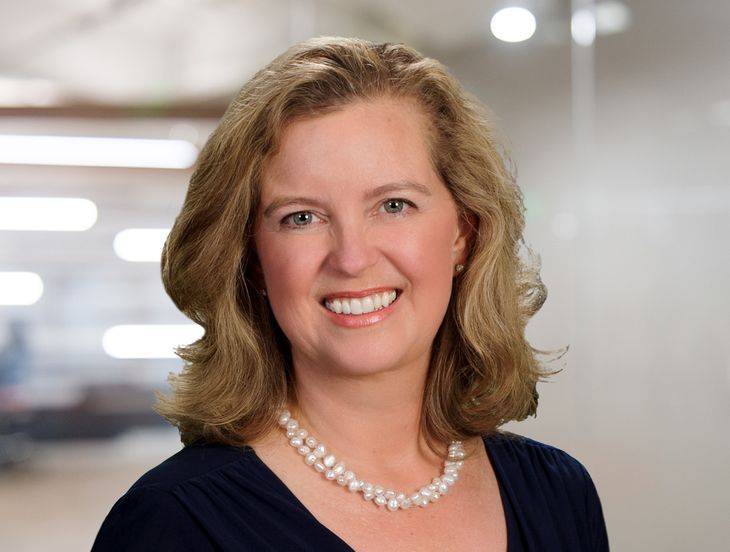Department of Labor Proposes Self-Correction Option Under Voluntary Fiduciary Correction Program
Insights
12.06.22
The Department of Labor recently proposed updates to its Voluntary Fiduciary Correction Program (VFCP), which would allow fiduciaries the opportunity to self-correct certain matters including late deposits to a 401(k) plan. In general, the VFCP allows plan fiduciaries to correct prohibited transactions and fiduciary breaches without incurring a civil penalty by voluntarily filing a correction application with the DOL, restoring any losses to the benefit plan with earnings, and paying applicable excise taxes for any prohibited transactions. This program currently requires you to submit a formal application with the DOL to qualify for the relief. Perhaps in a nod to the scores of employers choosing not to utilize the formal correction process for late deposit errors because of the time and expense involved in preparing the application, the DOL for the first time proposed on November 18 to allow such corrections to be made on a self-correction basis with the full relief of the program, but on the condition the DOL is notified of the self-correction. What do you need to know about this encouraging development?
Scope of VFCP
Most employers familiar with the VFCP have used it to correct late deposits of participant deferrals and loan repayments, which is a common plan error. It is also a high priority item for the DOL’s enforcement efforts relating to employee benefit plans. However, the VFCP covers much more than that. It can also be used to remedy several other types of fiduciary violations including impermissible loans and sales or leases of property between a plan and party in interest.
What Changes Were Proposed?
The new VFCP provisions described above are only proposed at the current time. Therefore, employers may not yet rely on the new self-correction relief or other changes until the public comment period is over and the changes are finalized.
However, employers who have significant late deposits of participant deferrals or loan repayments may want to consider filing a formal VFCP if their late deposit issue does not satisfy the DOL’s standards for self-correction. Specifically, late deposits of participant deferrals or loan repayments must meet the following conditions for self-correction under the proposed rule:
- The lost earnings do not $1,000, excluding any applicable excise tax paid to the plan under Prohibited Transaction Exemption 2002-51.
- The delinquent participant contributions or loan repayments were not remitted to the plan later than 180 days from withholding or receipt.
- The lost earnings due for the late deposits are calculated using the DOL online calculator, which is currently recommended but not required for correction under VFCP and generally not an option for employers correcting outside of the VFCP.
- The self-corrector must submit a compliance notification electronically informing the DOL of the self-correction under a new online VFCP webtool, which will be made available when the rules are finalized.
- Self-correctors must complete a self-correction Retention Record Checklist which is in an appendix to the proposed VFCP and requires preparation and collections of certain documents. These documents and the checklist must be provided to and retained by the plan administrator in case of future audit.
- The self-corrector must not be under investigation.
In addition to adding self-correction for late deposits, the proposed rule also simplifies the administrative and procedural requirements for obtaining VFCP relief, including:
- Clarifying some existing transactions that are eligible for correction under the program.
- Expanding the scope of other transactions currently eligible for correction and simplifying administrative or procedural requirements under the program.
- Amending the associated prohibited transaction class exemption, known as PTE 2002-51, to conform to the revised VFCP, and to eliminate the availability of relief from the excise tax for employers meeting the conditions only once in every three years.
What’s Next?
It is important to note again that these changes are not yet effective and that the new self-correction option is not yet available at this time. It is likely that some aspects of the new rule will be changed in light of the public comments that are being submitted through January 20, 2023. The final rule – which will most likely be published in the next month or two after that date – could be more or less generous regarding the self-correction option and other changes.
Fisher Phillips will be monitoring these updates and changes in the program that impact employer eligibility and access to VFCP, and will provide updates as warranted. Make sure you are subscribed to Fisher Phillips’ Insight system to get the most up-to-date information directly to your inbox.
In the meantime, if you have questions regarding corrections for late deposits of participant deferrals and loan repayments or other potential issues to be corrected under VFCP, please reach out to your Fisher Phillips attorney, the author of this Insight, or any attorney in our Employee Benefits and Tax Practice Group.
Related People
-
- Lorie Maring
- Partner
